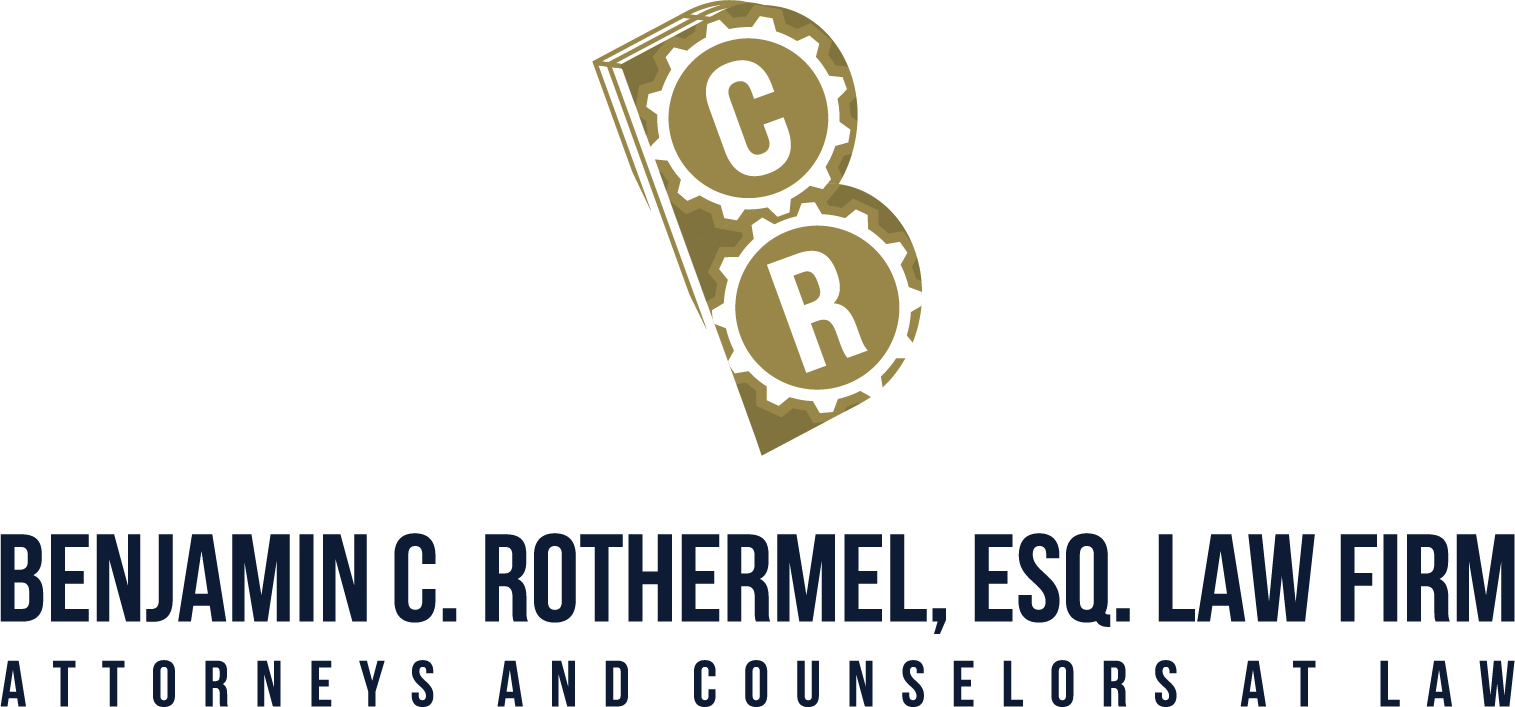After You Get a Federal Trademark: Monitoring and Enforcement (Part 1)
Introduction
In this blog post and the next, we will be discussing what you should know, and what next steps you should take after obtaining a federal trademark registration. We have provided an overview of this topic in the past in our blog post “The Importance of Maintaining Trademarks After Registration”, which primarily discussed the post-registration steps for maintaining a trademark registration with the United States Patent and Trademark Office (the “Trademark Office”). This blog post series will dig deeper into the details of other processes and services you should be aware of as a trademark owner, such as monitoring and enforcement of your mark.
What is Trademark Monitoring, and Why is it Important?
A trademark monitoring service routinely checks trademark databases (state, federal, or international depending on your preferences) to discover whether any applications have been filed for marks that might be confusingly similar to yours. If any potential threats to your mark are discovered, you will be informed so that the proper action may be taken.
The main purpose of a trademark monitoring service is to apprise you of any potentially conflicting marks that could diminish or dilute the value of your brand before any such mark is registered. You could then challenge the conflicting mark at a relatively low cost and before significant confusion may occur in the marketplace between your and the other mark.
Once you are informed of a potentially problematic trademark application by another, you may consider the following next steps. First, you or a trademark attorney should analyze the other applied-for mark to determine how serious a threat it is likely to pose to your business. This analysis should be based on how similar the name is to your mark (and, thus, how likely consumers are to confuse the other brand with yours), and the similarity of the goods or services to your mark.
For example, if you sell batteries and the applicant provides dog grooming services, the potentially conflicting name may be less likely to be a threat to your mark than if you sell batteries and the other applicant sells batteries or other electronic components. You or your trademark attorney can then make a thorough analysis which will allow you to determine whether challenging the other application is worth expending the necessary resources.
If you decide to challenge a trademark application or conflicting mark, there are multiple ways to do so depending on where the other mark is in the trademark application process. If the application has not yet been published for opposition, you would file a letter of protest. If the application has been published for opposition and is still in this window, you would file a notice of opposition.
Finally, if an application has passed the publication period, you must wait for the conflicting mark to become registered. Once a conflicting mark is registered, you would challenge it by bringing a cancellation action. A trademark attorney will be able to assist you in determining which of these actions is appropriate and to file a challenge with the Trademark Office.
Conclusion
Trademark monitoring and enforcement are essential parts of building and maintaining the value of your business’s brand. If you would like to know more about trademark monitoring services, how to enforce your trademark rights, or have any other questions about building and maintaining valuable trademarks, please feel free to schedule your initial consultation using the link below!
Business Hours
- Mon - Fri
- -
- Sat - Sun
- Closed


Share On: